Cycling brings a lot of benefits and pleasure, but it also requires responsible training, skill and endurance. And most importantly, the bike must be equipped with the most modern components.
Many manufacturers’ bikes now have a planetary hub installed. It provides a smoother speed adjustment and therefore a smoother ride. We will tell you about other functions and advantages of the planetary mechanism in this article.
A little history
The first planetary hub for bicycles was the work of American mechanic Stewart Thomas Johnson. He patented his compact mechanism in 1895, and just a year later the Englishman William Reilly proposed an improved two-speed hub. From its inception, this part was a commercial success in the bicycle industry due to its small and therefore convenient size.
The next step was the creation of the three-speed hub in 1902. Two inventors succeeded at once – William Reilly, the author of the two-speed part, and his compatriot James Archer. In 1903, Frank Bowden and his Three-Speed Gear Syndicate took over the patents for both three-speed mechanisms. The Reilly hub was later produced as the first of its kind in the history of the bicycle industry.
While Archer and Reilly were working on their inventions, Michael Pedersen introduced his three-speed version. That same year, he offered the world a planetary hub based on the “counter-drive” principle. Its peculiarity consisted in the fact that instead of the usual gear wheel a solar gear was used in the design. Following this, in 1904, another version under the license of Wanderer was produced by the German company Fichtel & Sachs.
Thus, in the first decade of the 20th century, some 14 types of three-speed planetary bushes were created and put on sale. And by the 1930s, the use of a hub became commonplace for all cycling enthusiasts from Great Britain, Germany and even Scandinavia. In those countries where the bicycle was a popular form of everyday transportation, more powerful counterparts with more gears appeared. They cost much less, but were not of the same quality.
By 1987, companies that continued to make planetary hubs were offering a meager selection of varieties: Sturmey-Archer made copies with 3 and 5 gears, Fichtel & Sachs and Shimano made two and three speeds. Still, interest in the use of this bicycle mechanism never waned. On the 80th anniversary of the manufacture of the first hub, an entire book on the history of the mechanism was published, and the quality of the products and the number of variations was constantly increasing.
The Elan was the world’s first planetary hub from Sachs with a 339% gear range. This 1995 model had as many as 12 speeds. The very light but reliable Speedhub 500/14 with 14 gears belongs to Rohloff. Here the range is 526%, and it is the only one of its kind that can be mounted on mountain bikes.
The production of advanced hubs hasn’t stopped at the current stage. In 2007, NuVinci presented a stepless planetary hub, also known as a bicycle variator. It is designed for daily use of the bike. There was no speed limit and the gear range was up to 350%.
Other major enterprises in the 2000’s, involved in the production of bicycle equipment, also greatly expanded their range of new inventions. Already well-known company Sturmey-Archer produced mechanisms with 3, 5 and 8 speeds. The Japanese Shimano made the traditional three- and five-speed, and it was they who in 2010 created a new model designed for 11 speeds.
Fichtel & Sachs’ followers under the name SRAM produced parts with 3, 5, 7 and 9 gears, and in general their SRAM Dual Drive system was a combined hub with a rear derailleur. This design provided an incredibly wide range of drivetrain. A similar principle was used by Canyon in the 1442 hybrid planetary hub.
Mechanism set up
What is a planetary hub on a bicycle? It is a part of the drive system, reminiscent of the familiar automobile gearbox. Its main task, just like a gearbox, is to adjust the speed and change gear. The more gears there are, the more complicated the planetary hub will be.
In essence, the planetary hub of a bicycle is a gear mechanism that adjusts the gear ratio by changing the positions and meshing of the gears. It is started by pushing the gear lever, which is located on the handlebars of the bicycle. Consider the internal structure of the mechanism:
- The sun gear. Yellow color, located in the center of the mechanism. Responsible for the function of the rear wheel axle.
- The steering wheel. Blue colored part that is firmly connected to the sun gear. It consists of several planetary gears, also firmly attached to each other.
- Ring gear. Located on the outside of the fixture, red in color. It functions by means of an internal gear. Its purpose is to adjust the clutch with the satellites.
Principle of operation
So how does a planetary hub on a bicycle work? In low gear, the sprocket drives the toothed ring. The hub is moved by the planetary cage so that the gear is reduced by a quarter and the wheel makes 3 turns for 4 sprocket rotations.
In direct transmission, the sprocket also turns the toothed wheel, which then moves the hub.
In high gear, the pressure of the sprocket rotates the cage, which communicates speed to the gearwheel. The planetary hub starts to work from it, and the wheel now makes 4 turns for 3 turns of the sprocket.
On which bikes is it used
Planetary hubs are used on city bikes designed for daily commuting or recreational bikes designed for leisurely riding around town. On smooth paved tracks or special bicycle paths, the mechanism copes with its task with flying colors, and it is a pleasure to regulate speeds when it is available.
For the most comfortable riding in an urban environment, experts advise acquiring three- or five-speed, as well as 11-speed planets. Compared with conventional ones, planetary hubs are somewhat more expensive, but it is they that help extend the life of the chain and other parts with frequent use.
Speaking of which, such structures are very heavy. Heaviness is the main reason why planetary hubs are not put on sports and mountain bikes. Their weight reduces maneuverability on bumpy country roads, as well as the maximum possible speed.
Planetar manufacturing
Top manufacturers:
- Rohloff is the market leader in the modern bicycle industry. It builds sophisticated equipment for professional sports. The number of speeds on the planet hubs of this company reaches 14.
- Shimano is a Japanese brand famous for the high quality and durability of products. The range of hubs is very wide, you can buy models from 3 to 11 gears.
- SRAM is the well-deserved third place for its good value for money. The maximum available number of speeds for the company’s planetary bushes is 12.
- Sturmey-Archer is a company with a history. They produce planetary bushings with 7 speeds, but their most important achievement is the hybrid cassette-planetary bushings. This innovation has already found its fame under the company’s brand.
There are dozens of manufacturers making hubs around the world. But when choosing a mechanism for your bike, it’s worth choosing a proven company where the quality of the products is unquestionable.
Tip: The best bikes with a planetary hub do not cost cheap, but if you decide to buy a bike with this mechanism, you should not save money. Proper quality can provide the firm, where experienced craftsmen work on the most modern equipment. Only under these conditions, the technology will be 100% respected, and therefore the hub itself will last much longer.
Advantages and disadvantages of using
Like any device, the planetary hub has certain advantages and disadvantages. To begin with, let’s understand what advantages it offers cycling enthusiasts.
The first and most important thing worth noting is the long service life. A quality planetary gear provides comfortable shifting of the speed mode during several years of daily use. This is because the moving parts of the hub are located inside a robust housing, which means they are not affected by moisture and other environmental factors. With additional oil lubrication, rapid wear is not possible at all.
The convenient switch is undoubtedly a plus. It’s conveniently located on the handlebar, making it easy to change gears at any speed. You can upshift and downshift even when standing still.
The third, but no less important factor, is the durability of the chains. The design does not allow even minimal misalignment, which can cause the hub to malfunction.
And another advantage of the planetary hub is a large set of gear numbers – up to 520%. This value, however, depends on the specific model and may fluctuate slightly. What is important, however, is that this allows the load to be properly distributed when driving.
The hub of this type has some disadvantages as well. As mentioned earlier, the planetary hub is a very heavy element, it weighs more than 1.5 kilograms. Therefore, its use is not universal – such a part is not suitable for sports bikes.
The disadvantage may also seem to be the high market price of planetary hubs. The greater the number of speeds, the more complicated the production and, therefore, the higher the cost of the mechanism.
Hubs cannot be repaired on their own. Any damage requires a specialist to be contacted.
Planetary mechanism in folding bikes
This mechanism is also used in the production of city folding bikes. The models are designed for quiet riding on level roads, they are very comfortable (both in riding and in carrying). Smooth gear shifting thanks to the hub operation is an added bonus for the wearer.
Shifting gears on your bike
In order to keep the mechanism intact, some rules must be followed when shifting gears. It sounds complicated, but it’s not.
You should change gears without pedaling. You can make an analogy with a car: you change gears when the accelerator pedal is released. So, you should not pedal (“accelerate”) on a bicycle during the same manipulation. After changing the speed, you can start pedaling after a few revolutions of the wheels, that is, not immediately, but after a couple of seconds.
When you go uphill, you should choose a lower gear than when you ride normally. For a three-speed hub, it’s first, and for five or more, it’s enough to go down to third.
Increasing the speed mode should be done by shifting each gear in sequence, one after the other, and in no case jumping over. But you can not follow this rule when slowing down. If you pass a section of the road where you do not need to change speed significantly, then engage the main gear.
Repair & Maintenance
If the planetary hub still could not withstand an aggressive ride and was damaged, you should not disassemble it and fix it yourself. Without special knowledge, it is possible to create a more serious breakdown than it was originally, and the planetary hub will become completely unusable. In a malfunction situation, you need to contact the service, where specialists will easily fix the problem.
Conclusion
Planetary hubs – a useful thing for those who ride a lot on the bike. This mechanism provides smooth driving and convenient speed shifting. If handled properly, it can last for many years. They are incredibly durable, so once you install this part, you can ride comfortably on your walks, get to work every day, and get the most out of your rides!

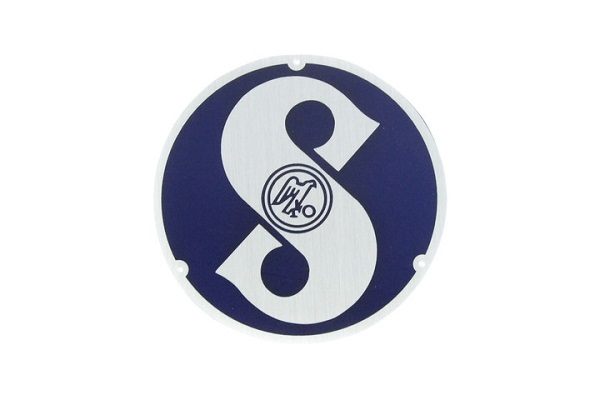

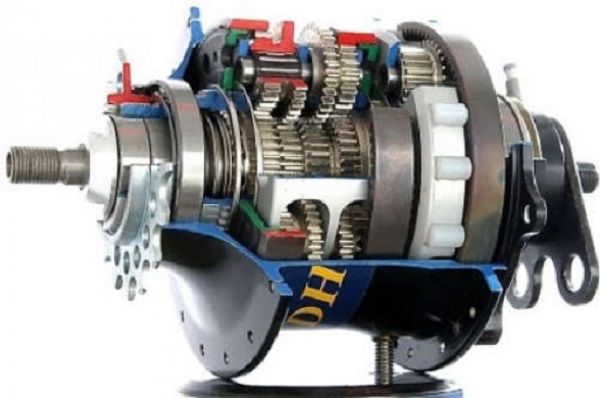

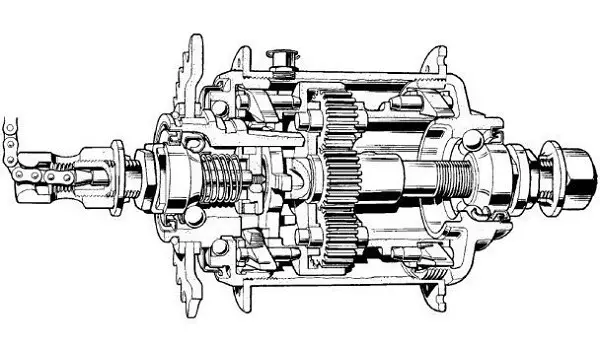


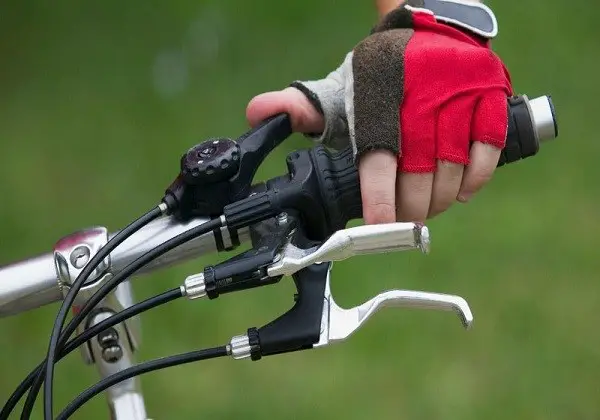



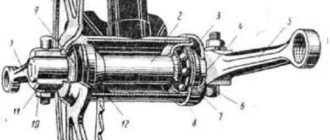

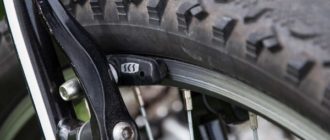
This is a great post! I think it’s really cool that cities are investing in planetary hubs for bicycles. It sounds like an efficient and cost-effective way to help promote cycling as a form of transportation. I’m looking forward to seeing how this system works in practice and the impact it has on reducing traffic congestion!